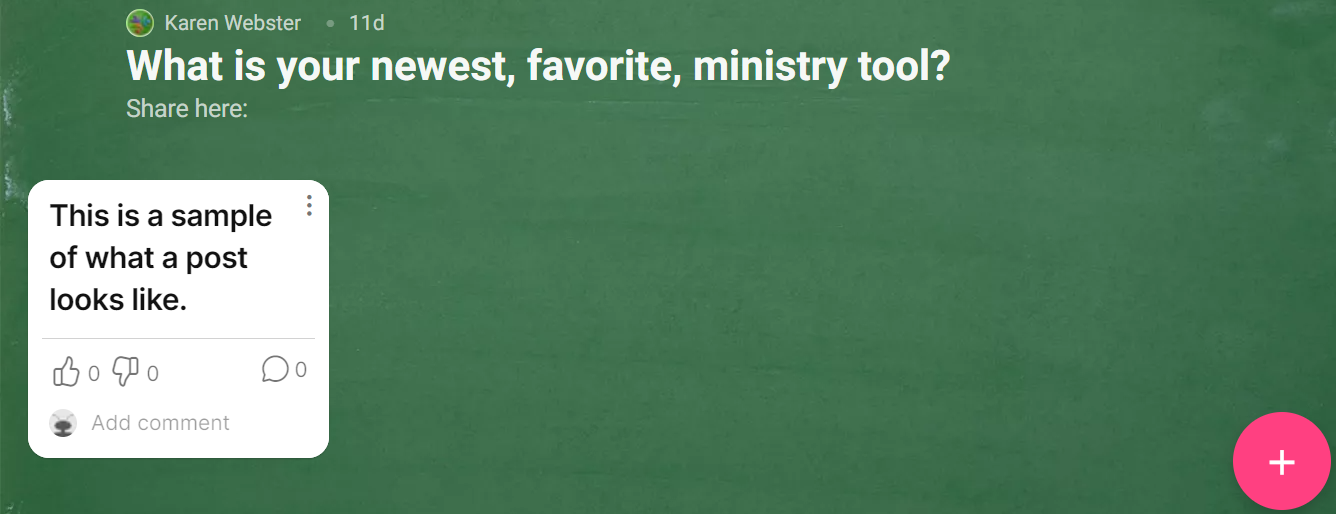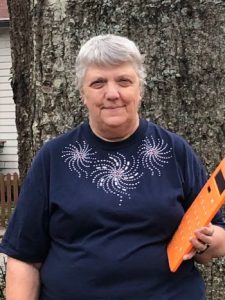Orange Peel Tea
Prep. Time: 5 mins
Servings: 1 pot
Ingredients:
- Fresh Orange Peels (of about four oranges)
- 6 – 6 1/2 cups of Water
- 1 small Cinnamon Stick
Directions:
- Cut the oranges into slices. The flavor this way is better than using the whole skin.
- Add everything to a pot and turn up the heat. Wait till the water comes to a boil. Then turn off the stove and let it sit.
- Serve the tea cold or warm.
Karen’s Notes:
- Great on a cold winter day and particularly good when enjoyed with others.
- Excellent when combined with green or black tea!
- Example for (8 oz.) tea – 1 tsp black (or green tea) + 1 tsp fresh orange peel (or ½ tsp dried orange peel)
Adapted from: https://ohsweetcultureshock.com/orange-peel-tea-made-at-home/
Sheet Pancakes
Prep. Time: 15 mins
Servings: 4
Ingredients:
- 2 1/2 cups Plant-Based Milk (550 ml)
- 3 TBSP Maple Syrup or 3 Dates (blended with plant-based milk for no added sugar)
- 3 TBSP Apple Cider Vinegar
- 1½ TBSP Vanilla
- 3 1/3 cups Oat Flour (375 g)
- 3 TBSP Baking Powder
- 1 tsp Salt
- 1 Banana (sliced)
- 3-4 Strawberries (hulled and sliced)
- ¼ cup Blueberries
- Optional: Other Favorite Pancake Toppings
Directions:
- Mix together your wet ingredients to make a vegan buttermilk. Let the mixture sit for 5 minutes for the milk to curdle.
- If you do not want to use maple syrup, you can instead blend 3 dates with your plant milk then whisk in the remaining ingredients, then let it sit to curdle.
- Mix together the dry ingredients.
- Add the wet to the dry and whisk until most of the lumps are gone. Be careful not to overmix, as this will produce flat pancakes!
- Let the pancake batter sit for an additional 5 minutes. The batter will thicken slightly and become puffy.
- Pour your pancake batter into a greased baking sheet, then top with the blueberries, bananas, strawberries, and/or any of your other favorite pancake toppings.
- Bake at 425°F for 15-20 minutes until the top is golden!
Karen’s Notes:
- Less hassle when there are many mouths to feed and customizable to individual preferences.
Adapted from: https://thatveganbabe.com/vegan-sheet-pan-pancakes/
Creamy Spinach Soup
Prep. Time: 40 mins
Servings: 4
Ingredients:
- ¼ cup Cashews (or 1/3 cup Sunflower Seeds OR 1/3 cup light or regular Coconut Milk)
- 2 cups low-sodium Vegetable Broth
- 1 medium Russet Potato (scrubbed clean and cut into large diced pieces)
- 2 cups chopped Leeks (white and light green parts)
- 3 cloves Garlic (chopped)
- ¼ tsp dried Thyme
- 3 or 4 Bay Leaves
- 1 bunch Spinach (washed and stems trimmed)
- 2 TBSP fresh lemon juice (from 1 lemon)
- ¼ tsp freshly ground black pepper
- pinch of Sea Salt
Optional:
- Instead of leeks, you can use 2 cups of the following: onion/shallot/scallions, fennel, and/or bok choy.
- Instead of cashews, you can use: ¼ sunflower seeds (soaked 1+ hours) or ¼ cup coconut milk (light or regular).
Directions:
- Place the cashews in a small bowl and cover with 1 cup water. Set aside to soak for 30 minutes. Transfer the cashews and their soaking water to a blender and puree until smooth and creamy; this may take several minutes. Set aside.
- In a soup pot, combine the broth, potato, leeks, garlic, thyme, and bay leaves and bring to a boil over high heat. Reduce the heat to medium, cover the pot, and simmer until the potato is very tender (about 15 minutes).
- Add the spinach and 1 cup water. Cover and cook over medium heat until the spinach leaves have wilted (about 5 minutes).
- Let cool slightly. Remove and discard the bay leaves.
- Carefully transfer the soup to a blender or food processor, working in batches if necessary (do not overfill the blender), and puree until smooth (alternatively, use an immersion blender to puree the soup in the pot until smooth).
- Pour the soup back into the pot. Whisk in the cashew cream, lemon juice, pepper, and salt to taste and bring to a boil.
- Taste and adjust the seasoning.
- Serve hot.
Karen’s Notes:
- Also nutritious and great on a cold winter day, and since it is pretty simple to prepare (day of or ahead of time), you can focus more of your attention on your dining companions.
Adapted from: https://www.forksoverknives.com/recipes/vegan-soups-stews/creamy-spinach-soup/












 When did you have COVID, and how did you experience it?
When did you have COVID, and how did you experience it?